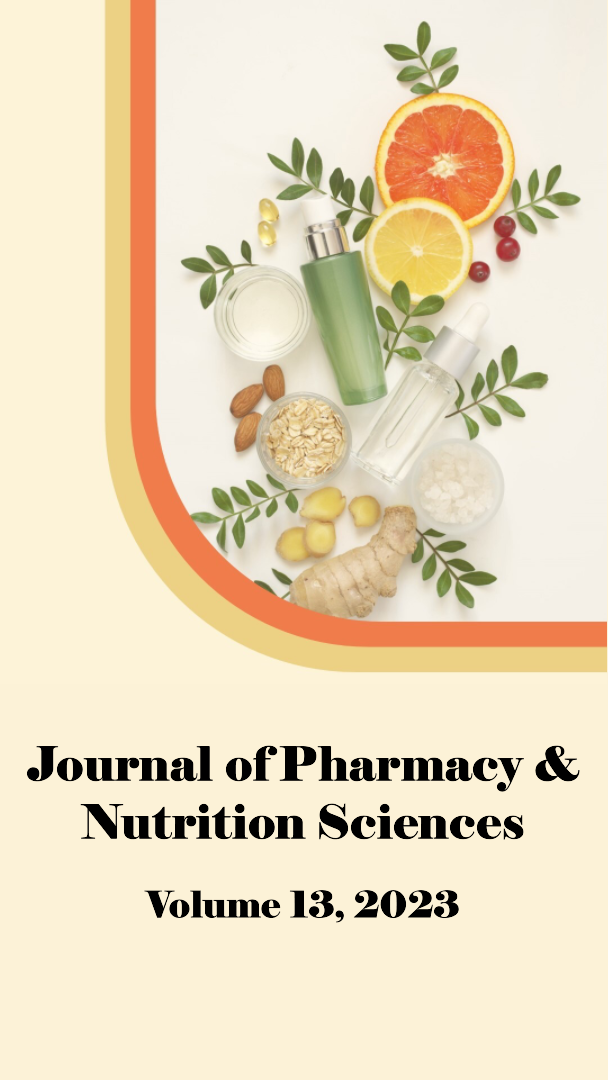Abstract
Gastritis is a common finding in pets and acid suppression plays an important role in its management. Acid suppression is the most important component in the treatment of gastritis and prevention of its complications. There are many drugs commonly used in veterinary medicine but the use of natural feed supplements is increasing. The aim of this in vitro study is the comparison of four supplements based on a combination of antacid salts and natural products at two pH conditions (pH 2 and 4.5) and at five time points. In addition, we wanted to confirm the formation of the gel during the test. All the products demonstrated acid suppression activity. In particular, product A showed the best performance. All the products except one (product B) formed gel after five minutes from the beginning of the experiment confirming their protective activity. Based on this preliminary results, the product A resulted to be the most promising antacid and potentially gastric protective product compared to others.
References
Simpson KW. Chronic Gastritis in Companion Animal. World Small Animal Veterinary Association World Congress Proceedings, 2006.
Gallagher A. Gastritis in Small Animals. Gastritis in Small Animals – Digestive System - MSD Veterinary Manual. 2022, https://www.msdvetmanual.com/.
Tolbert K, Bissett S, King A, et al. Efficacy of oral famotidine and 2 omeprazole formulations for the control of intragastric pH in dogs. J Vet Intern Med 2011; 25: 47-54. https://doi.org/10.1111/j.1939-1676.2010.0651.x
Webb C, Twedt DC. Canine gastritis. Vet Clin Small Anim. 2003; 33: 969-985. https://doi.org/10.1016/S0195-5616(03)00052-4
Davis MS, Williamson KK. Gastritis and Gastric Ulcers in working Dogs. Front Vet Sci 2016; 3: 30. https://doi.org/10.3389/fvets.2016.00030
Marks SL, Kook PH, Papich MG, Tolbert MK, Willard MD. ACVIM consensus statement: Support for rational administration of gastrointestinal protectants to dogs and cats. J Vet Intern Med 2018; 32: 1823-1840. https://doi.org/10.1111/jvim.15337
Haastrup PF, Thompson W, Sondergaard J, et al. Side effects of long-term proton pump inhibitor use: a review. Basic Clin Pharmacol Toxicol 2018; 123: 114-121. https://doi.org/10.1111/bcpt.13023
Garg V, Narang P, Taneja R. Antacids revisited: review on contemporary facts and relevance for self-management. J Int Med Res 2022; 50(3): 1-22. https://doi.org/10.1177/03000605221086457
Vokes J, Lovett A, Sykes B. Equine Gastric Ulcer Syndrome: An Update on Current Knowledge. Anim 2023; 13: 1261. https://doi.org/10.3390/ani13071261
Cakmak H, Buyukkestelli HI, Sogut E, Ozyurt VH, Gumus-Bonacina CE, Simsek S. A review on recent advances of plant mucilages and their applications in food industry: Extraction, functional properties and health benefits. Food Hydrocolloids for Health 2023; 3: 100131. https://doi.org/10.1016/j.fhfh.2023.100131
Stucchi L, Zucca E, Serra A, Stancari G, Ceriotti S, Conturba B, Ferro E, Ferrucci F. Efficacy of the Administration of a Natural Feed Supplement in the Management of Equine Gastric Ulcer Syndrome in 7 Sport Horses: A Field Trial. Am J Anim Vet Sci 2017.
Prajapati VD, Jani GK, Moradiya NG, Randeria NP. Pharmaceutical applications of various natural gums, mucilages and their modified forms. Carbohydrate Polymers 2013; 92: 1685-1699. https://doi.org/10.1016/j.carbpol.2012.11.021
Guo L, Goff HD, Xu F, Liu F, Ma J, Chen M, Zhong F. The effect of sodium alginate on nutrient digestion and metabolic responses during both in vitro and in vivo digestion process. Food Hydrocolloids 2020; 107. https://doi.org/10.1016/j.foodhyd.2019.105304
Voropaiev M, Nock D. Onset of acid-neutralizing action of a calcium/magnesium carbonate-based antacid using an artificial stomach model: an in vitro evaluation. BMC Gastroenterol 2021; 21: 112. https://doi.org/10.1186/s12876-021-01687-8
Parkinson S, Tolbert K, Messenger K, et al. Evaluation of the effect of orally administered acid suppressants on intragastric pH in cats. J Vet Intern Med 2015; 29: 104-112. https://doi.org/10.1111/jvim.12493
Mojaverian P. Evaluation of gastrointestinal pH and gastric residence time via the Heidelberg radiotelemetry capsule: pharmaceutical application. Drug Dev Res 1996; 38: 73-85. https://doi.org/10.1002/(SICI)1098-2299(199606)38:2<73::AID-DDR1>3.0.CO;2-H
Webster CR. Gastrointestinal drugs: Drugs that inhibit gastric acid secretion, in Roantree CJ, (Ed): Clinical Pharmacology. Jackson Hole, WY, Teton New Media 2001; 102-105.
Aslam B, Awan T, Javed I, Khaliq T, Khan JA, Raza A. Gastroprotective and antioxidant potential of Glycyrrhizaglabra on experimetally induced gastric ulcer in albino mice. Int J Curr Microbiol Applied Sci 2001; 4: 451-460.
Ferrucci F, Zucca E, Croci C, Di Fabio V, Ferro E. Treatment of gastric ulceration in 10 standardbred racehorses with a pectin-lecithin complex. Vet Rec 2003; 152: 679-681. https://doi.org/10.1136/vr.152.22.679

This work is licensed under a Creative Commons Attribution-NonCommercial 4.0 International License.
Copyright (c) 2023 Natascia Bruni, Elisa Martello, Valeria Gabriele, Francesca Perondi




